Myths about teaching can hold you back
- Year 10
- AQA
Types of muscle contraction (isometric, concentric and eccentric)
I can explain how the different types of muscle contraction are used in various sporting scenarios.
- Year 10
- AQA
Types of muscle contraction (isometric, concentric and eccentric)
I can explain how the different types of muscle contraction are used in various sporting scenarios.
These resources were made for remote use during the pandemic, not classroom teaching.
Switch to our new teaching resources now - designed by teachers and leading subject experts, and tested in classrooms.
Lesson details
Key learning points
- There are two main types of muscle contraction: isotonic (moving) and isometric (static).
- When the body is in a fixed position, but the muscle is contracting, it is known as an isometric (static) contraction.
- Isotonic concentric contraction is the shortening of a muscle under tension.
- Isotonic eccentric contraction is the lengthening of a muscle under tension
Keywords
Isotonic - muscle contraction that either shortens (concentric) or lengthens (eccentric)
Isometric - muscle contraction where the length of the muscle does not alter. The contraction is constant.
Concentric - shortening of a muscle when it contracts
Eccentric - lengthening of a muscle when it contracts
Common misconception
A muscle will always change length when it contracts.
A muscle pulls on a bone to create movement. However, occasionally, if the movement is static, the muscle is still contracting and under tension but not changing length. This is known as isometric muscle contraction.
To help you plan your year 10 physical education lesson on: Types of muscle contraction (isometric, concentric and eccentric), download all teaching resources for free and adapt to suit your pupils' needs...
To help you plan your year 10 physical education lesson on: Types of muscle contraction (isometric, concentric and eccentric), download all teaching resources for free and adapt to suit your pupils' needs.
The starter quiz will activate and check your pupils' prior knowledge, with versions available both with and without answers in PDF format.
We use learning cycles to break down learning into key concepts or ideas linked to the learning outcome. Each learning cycle features explanations with checks for understanding and practice tasks with feedback. All of this is found in our slide decks, ready for you to download and edit. The practice tasks are also available as printable worksheets and some lessons have additional materials with extra material you might need for teaching the lesson.
The assessment exit quiz will test your pupils' understanding of the key learning points.
Our video is a tool for planning, showing how other teachers might teach the lesson, offering helpful tips, modelled explanations and inspiration for your own delivery in the classroom. Plus, you can set it as homework or revision for pupils and keep their learning on track by sharing an online pupil version of this lesson.
Explore more key stage 4 physical education lessons from the Anatomy and physiology: the musculoskeletal system unit, dive into the full secondary physical education curriculum, or learn more about lesson planning.

Equipment
Recording device. Sporting images specifically showing limb movement.
Licence
Prior knowledge starter quiz
6 Questions
Q1.Which movement is being shown here?
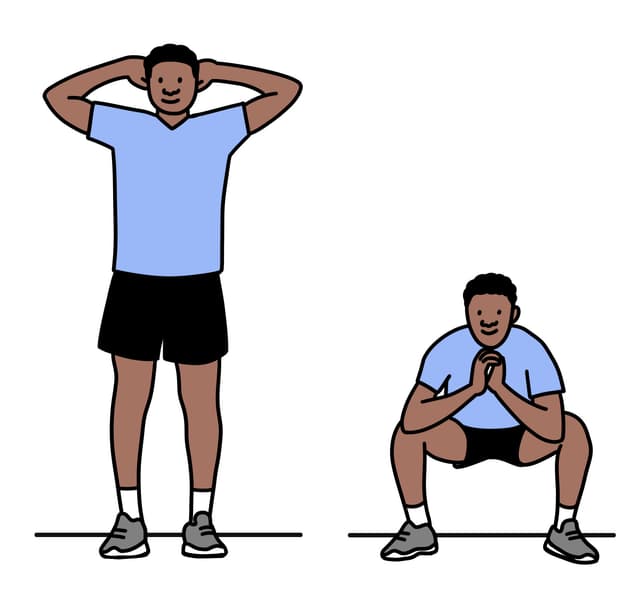
Q2.Which muscle is highlighted here?
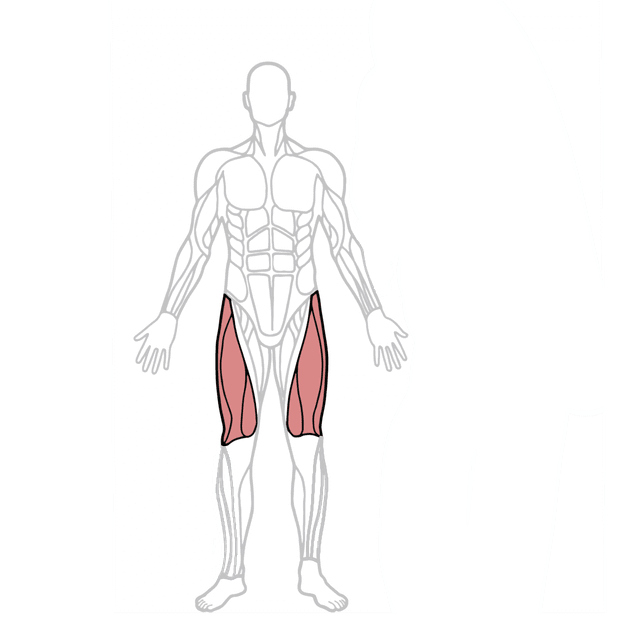
Q3.Which muscle is the agonist at the ankle during a calf raise?
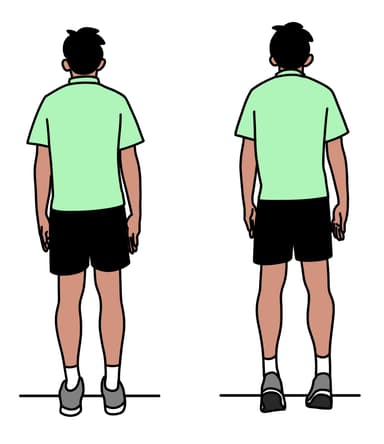
Q4.What is the common name for this exercise where the body is held in this position?
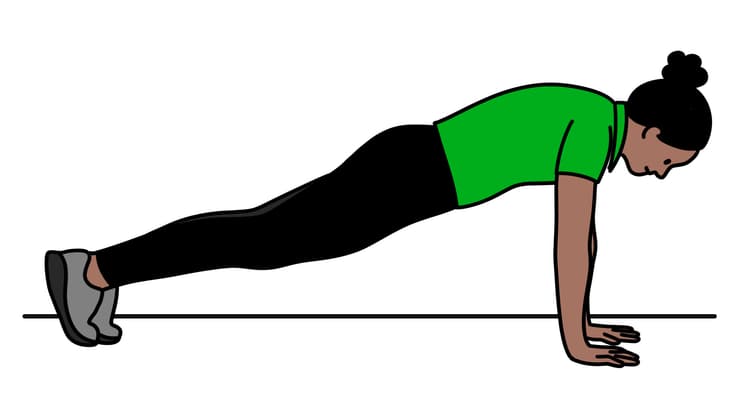
Q5.Which muscle pair are the agonist and antagonist here?
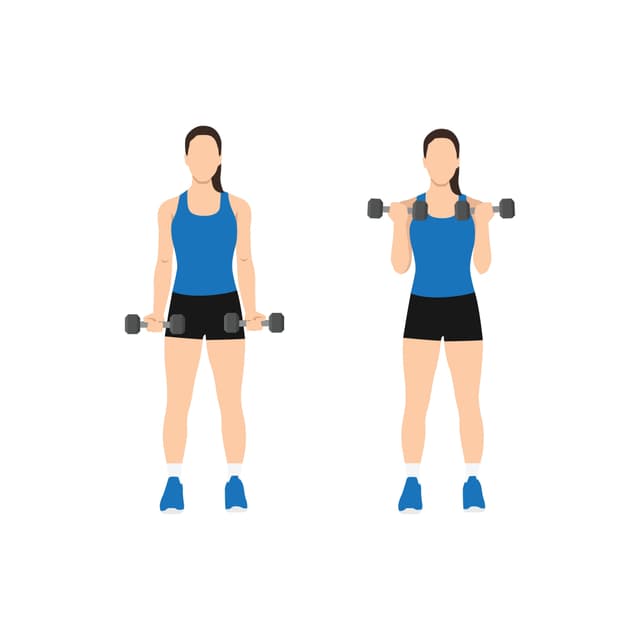
Q6.Match the movement to the correct agonist muscle.
upwards phase of a sit up
extending the knee to kick a ball
flexion of the knee when running
flexion of the elbow in the downward phase of a press up
Assessment exit quiz
6 Questions
Q1.Which muscle contraction is used here to hold the handstand?
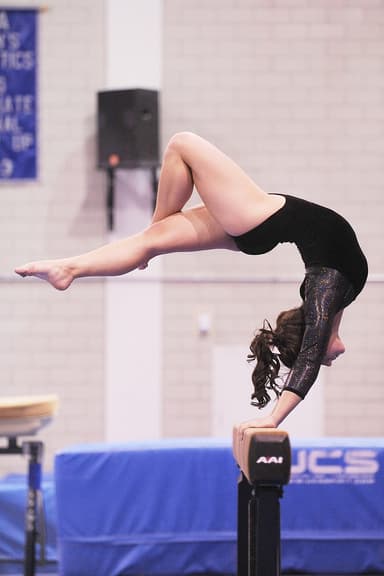
Q2.Which muscle contraction is used on the upwards phase of a bicep curl?

Q3.Match the muscle contraction to the correct description.
concentric
eccentric
isometric
Q4.Which image shows eccentric muscle contraction in the agonist muscle?

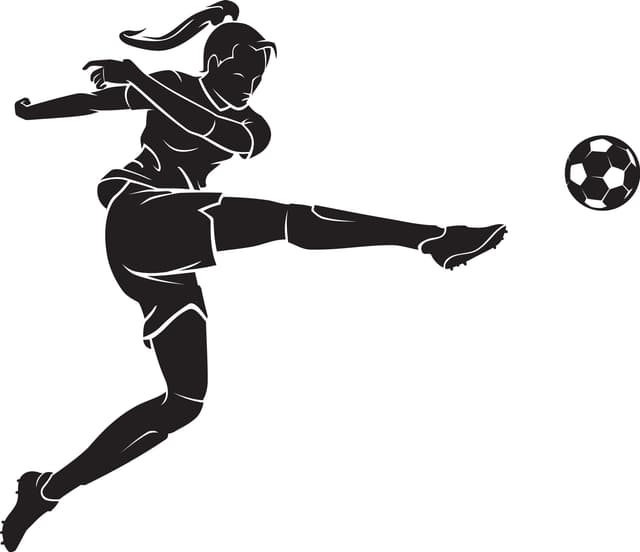
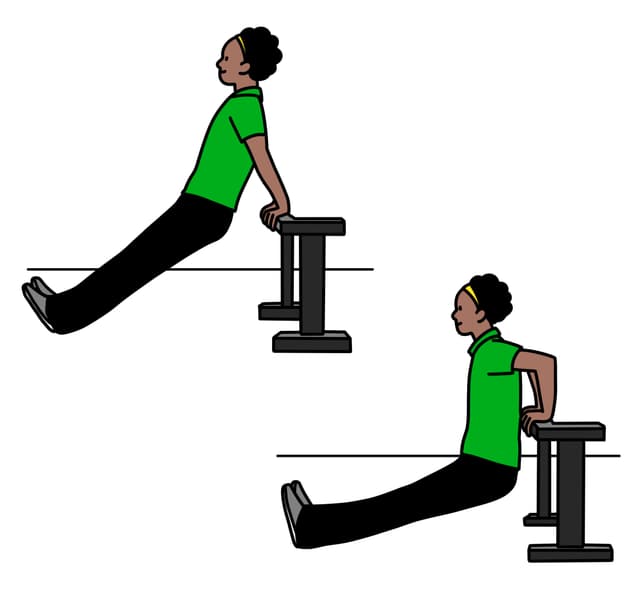
Q5.Isotonic muscle contraction results in movement.
Q6.Match the movement example to the correct muscle contraction.
triceps during the upwards phase of a press up
triceps during the downwards phase of a press up
quadriceps during a wall sit


